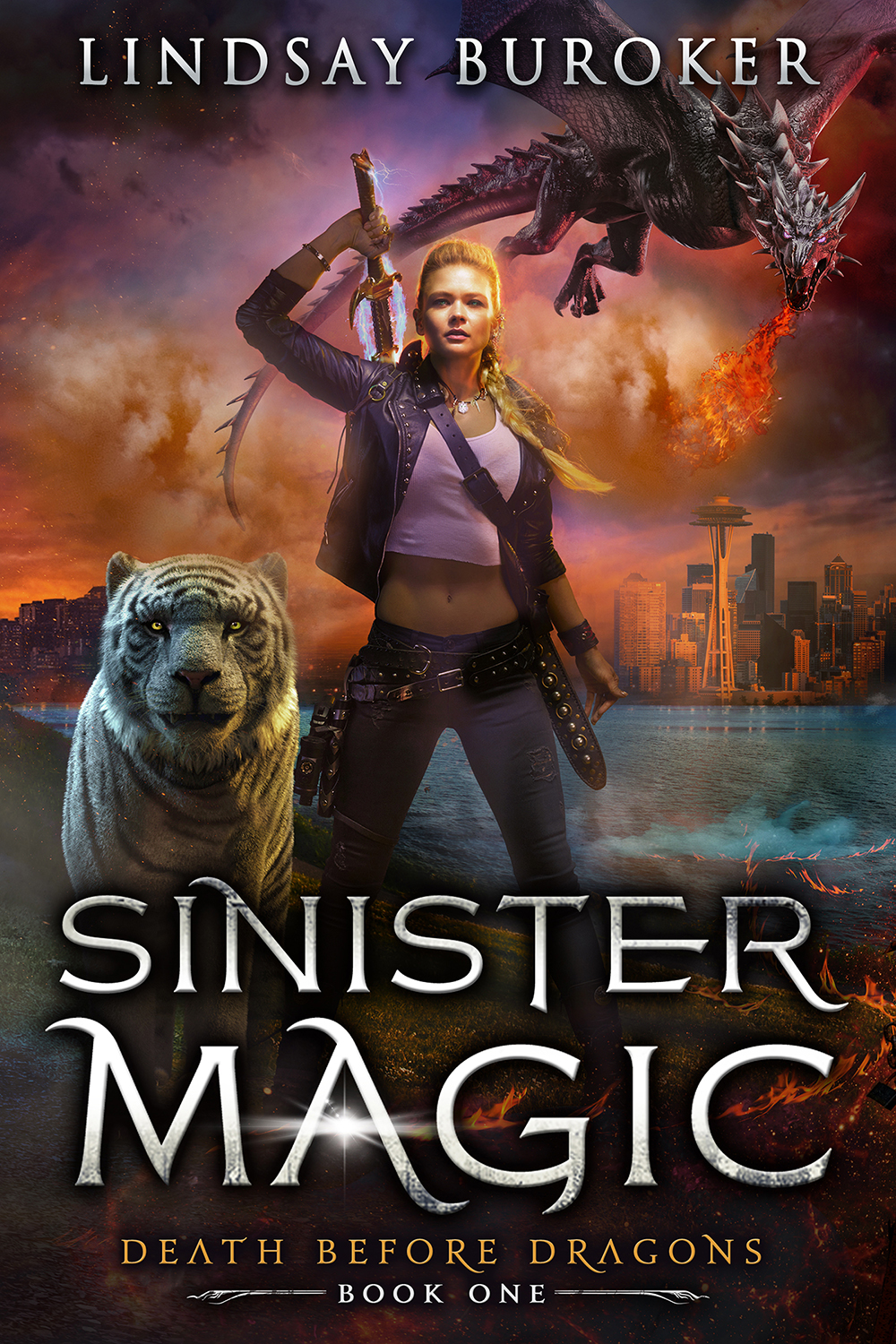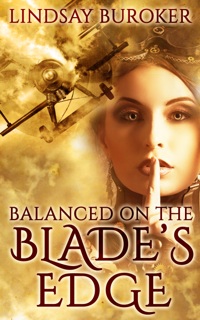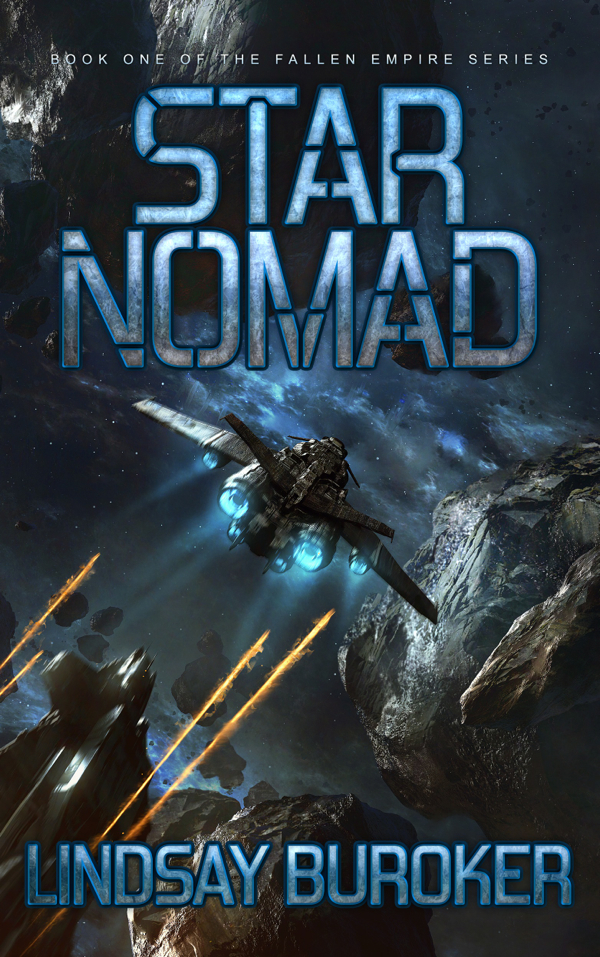Every now and then, someone asks me why I self-published. I addressed this somewhat in my “3 Reasons I’m Glad I Chose Self-Publishing” post, but I thought I’d try to explain why it’s not just me and why this movement is so popular right now. I welcome other authors’ (or readers’) thoughts, so please leave comments below.
Why Self-Publishing Is So Popular Right Now
1. For the first time, self-publishing (specifically e-publishing) makes sense from a monetary standpoint.
Ten years ago, anyone who self-published had to drop thousands of dollars to print a run of their books, books they then had to store in the garage and sell by hand. Who did that? Not many. Though I remember reading The Well-Fed Self-Publisher: How to Turn One Book into a Full-Time Living a few years ago and being inspired. Not because I was going to do what this guy had done (a lot of work that involved going out and actually talking to people — as y’all know from my “Book Promotion Tips for Hardcore Introverts” post, that’s not my forte) but because someone was making it as a self-publisher. But it seemed like you not only had to work very hard, but you had to sell non-fiction, ideally in a specific niche not addressed well by mainstream publishers.
Fast forward a few years. Now we had LuLu and a couple of other companies offering print-on-demand publishing. This meant you didn’t have to order all those boxes of books for the garage. A book was only created when someone ordered it. The costs to get into POD publishing were low (as with ebooks, you’d want to pay for cover art and editing, but the respectable publishers didn’t charge a fortune for the actual service), but it was still hard to sell books. Why? You couldn’t price them competitively. Traditionally published paperbacks were running $6 or $7, and you’d be lucky to list yours for less than $10 (same goes for today, by the way; my paperbacks are $11.99, and that’s the lowest I could make them without losing money on sales).
That leads me into the Kindle era, 2009 and beyond. After the initial production costs (cover art, editing, and formatting — much of which authors on a shoestring budget can do on their own), ebooks cost nothing to produce. While some authors will argue vehemently that pricing ebooks at 99 cents is stupid, you can make money that way. I make a few hundred from Emperor’s Edge every month, even though it’s only 99 cents. Obviously, the higher priced Encrypted and Dark Currents make me more (though I sell fewer copies), but I like giving people a way to sample my work for a low price.
But, I digress. The point here is that self-publishing, thanks to the e-reader revolution, finally makes financial sense. Not only does it make sense, but I’d argue that it’s the way to go if you’re hoping to earn full-time pay (or at least a helpful part-time income) as an author right now.
No, not everybody is going to become a full-time author by e-publishing, but if you can get a few books out and if you can reach “midlist” status, you’ll be making $X,XXX a month. I’ve interviewed people making $XX,XXX a month. For most of us, e-publishing will never be a road to riches, but if you’re willing to market (and you have to do this these days even if you publish traditionally) you’ll probably make more as an independent author than you will with a traditional publisher. This is because you currently earn about 70% on every ebook sale.
And…let’s face it: most of us were never going to make it going the traditional route anyway. I know that sounds negative, but the odds say it’s true. As indies, we at least get a chance. We get to let the readers decide if our work is good enough. If it is, and they buy more, you might just have a career ahead of you.
I’m going to list a couple more reasons why self-publishing is popular right now, but you better believe the dream of quitting the day job to write full-time motivates a lot of folks.
2. You don’t have to write what’s popular or what’s easily placed in such-and-such genre.
Before I decided to go indie, I used to read literary agent Kristen Nelson’s Pub Rants from time to time. I even took a query-letter-writing webinar from her (it was a good class, and she’s a very nice lady). Every now and then, she’d go to some conference or meeting and write up a blog post about what editors were lusting after just then. This was “what’s hot,” and they were looking to buy stories in X genre.
You could hear the gears grinding as wheels turned behind the eyeballs of a thousand blog-readers. Heck, forget the epic fantasy novel I’m passionate about; I’m writing the next such-and-such-genre bestseller, so I’ll have a chance at landing a publisher! (No, Ms. Nelson doesn’t encourage writers to do this, but you know that’s what many people are thinking. I’ve thought it, even if I never acted on it)
While I’m sure lots of authors have made it following their passions, it’d be a shame to put one’s passion aside out of a belief that writing “what’s hot” will be more likely to lead to a contract and that it might be the only way to achieve one’s dream. One of my favorite Lois McMaster Bujold books has a line that goes, “Some prices are just too high, no matter how much you may want the prize. The one thing you can’t trade for your heart’s desire is your heart.”
My point here is that you don’t have to try and write what’s popular if you self-publish. Enough indies are making it in obscure genres to prove there’s a market for a lot of stuff that isn’t “what’s hot.” Because of that 70% royalty on ebooks, there’s no need to be a blockbuster hit to make decent money as an indie. (If you haven’t heard of Chris Anderson’s Long Tail: Why the Future of Business is Selling Less of More, it’s an interesting read, and, if you’re an independent artist, you’ll probably find it encouraging).
3. The media is recognizing self-publishers
While self-publishing will probably always come with a stigma (too many poorly edited books out there by folks who haven’t put in enough time to improve their craft), the success stories are creating a cult coolness for the movement.
Several independent authors have sold more than a million ebooks over in the Kindle Store and many more have been picked up by mainstream publishers for six-figure deals. Thanks to a few newspapers (but mostly the blogosphere), these stories have taken off and been spread far and wide.
There’s all sorts of talk about agents and publishers starting to use the Kindle bestsellers list to shop for clients. Self-publishing is the new slushpile, some say.
I don’t know how much of that is true, but it’s arguable that the very fact that self-publishing does come with a stigma means that if you can make it this way, you can make it any way.
At the very least, it’s starting to be trendy to self-publish.
If you’re a writer, thinking of going this route, check out some of my posts at Savvy Self-Publishing (I’m starting from the beginning over there and writing up the basic how-tos on getting started and promotion).
* * *
There are more reasons to dig self-publishing (speed to market, ability to set price, ability to make revisions down the road, real-time sales reporting, etc.), but I thought I’d leave some things for a future chat.
Do you have thoughts on the matter? Did you chose to self-publish, or would you? If you’re a reader, do you find yourself giving more indies a try these days, or is there too much muck out there to wade through for your tastes?
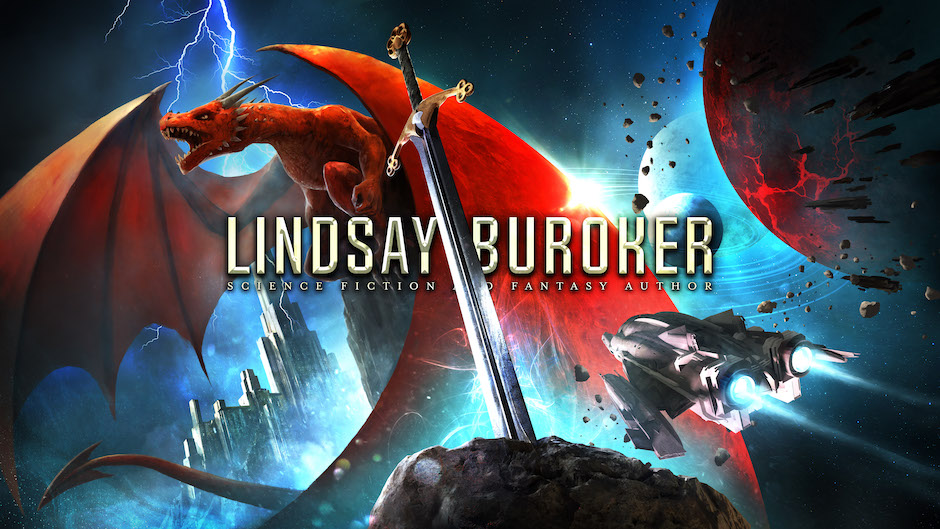
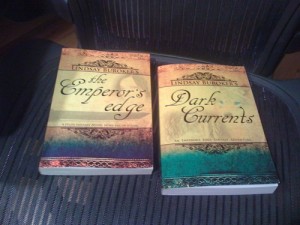
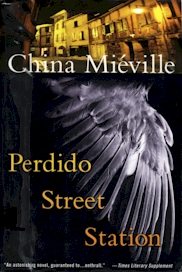
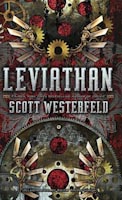
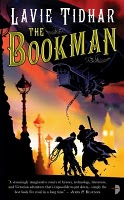
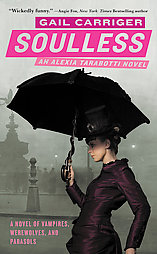
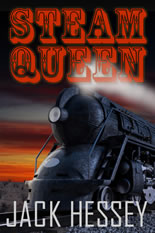
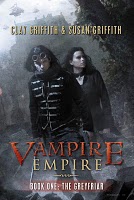
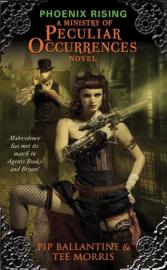
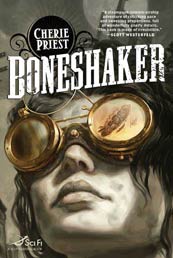 Several folks have recommended Cherie Priest to me, and this one is in my too-read pile, especially since it takes place in Seattle (my hometown).
Several folks have recommended Cherie Priest to me, and this one is in my too-read pile, especially since it takes place in Seattle (my hometown).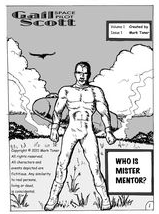

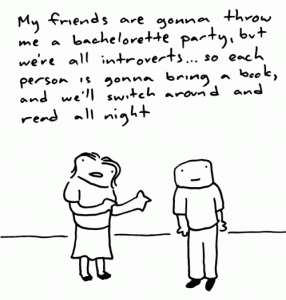
 Last week, I argued that
Last week, I argued that 